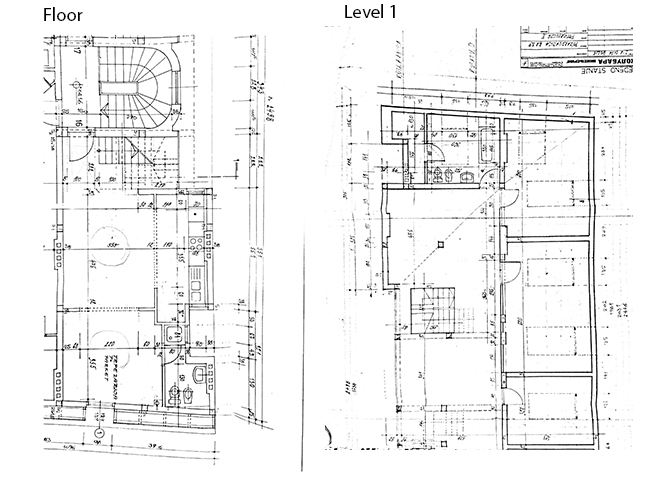Mulching around trees is a simple yet highly effective way to promote tree health, conserve moisture, and enhance the appearance of your landscape. Properly mulching trees helps protect the soil from temperature extremes, reduces weed growth, and provides essential nutrients to the roots. However, if done incorrectly, mulching can cause harm to the tree, so it’s important to know the right techniques. In this article, we’ll guide you through the best practices for mulching around trees to ensure optimal growth and longevity.
1. Choose the Right Mulch
The first step to mulching around your tree is selecting the right type of mulch. Organic mulches, such as wood chips, bark, straw, or compost, are typically the best options as they break down over time, enriching the soil with nutrients. Avoid using inorganic materials like rubber or plastic, which do not decompose and can trap heat, leading to unhealthy soil conditions.
When choosing mulch, it’s also important to select a material that matches the aesthetic of your landscape. For example, pine bark mulch works well in areas with pine trees, while wood chips can complement a variety of tree types.
2. Prepare the Area Around the Tree
Before laying down the mulch, clear the area around the tree of any grass, weeds, or debris. Grass and weeds compete with the tree for water and nutrients, so it’s important to create a clean area where the mulch can work effectively. You can use a shovel or hoe to remove these unwanted plants, but be careful not to damage the tree’s roots in the process.
If the tree has an existing mulch layer, remove it and replace it with fresh mulch. This helps avoid compaction and ensures that the soil continues to receive the benefits of the mulch.
3. Avoid Piling Mulch Directly Against the Tree Trunk
One of the most common mistakes when mulching around trees is piling the mulch directly against the tree trunk. This can lead to moisture retention around the base of the tree, which may cause rot or fungal diseases. Additionally, mulch that’s too close to the trunk can encourage pests and insects, which can harm the tree.
To mulch properly, create a mulch ring around the tree with the mulch extending outward to about 2–3 feet from the base of the tree. Make sure there’s a gap between the mulch and the trunk, allowing air circulation around the base of the tree. This helps maintain healthy roots and prevents unnecessary moisture buildup.
4. Create the Right Depth of Mulch
When it comes to the depth of the mulch, aim for about 2–4 inches. Too much mulch can suffocate the tree roots, while too little will fail to provide the benefits that mulching offers. A layer that’s too deep can also encourage the growth of fungi and mold, which can be harmful to the tree.
If you’re using larger pieces of mulch, like wood chips or bark, a thinner layer is recommended, while finer mulch like shredded leaves or straw may benefit from a slightly thicker layer. Regardless of the mulch type, always make sure the layer is even and spread uniformly around the tree.
5. Keep Mulch Away from the Tree’s Root Zone
In addition to keeping mulch away from the trunk, it’s also important to avoid piling mulch too thickly over the tree’s root zone. The roots need oxygen to grow, and excessive mulch can limit air circulation. Ideally, mulch should be spread evenly in a circle around the tree, leaving the root zone exposed.
It’s essential to keep the mulch at least a few inches away from where the roots are visible or where they extend outward from the tree’s trunk. This allows the tree to breathe and ensures that its roots receive the proper amount of air and nutrients.
6. Maintain the Mulch Over Time
Mulch naturally decomposes over time, so it’s important to replenish the mulch as needed. During the growing season, you might need to add new mulch to maintain the appropriate depth. However, be sure to remove any old, compacted mulch before adding fresh layers, as compacted mulch can prevent water from reaching the roots.
In the fall or early spring, inspect the mulch to see if any spots need topping off. This will ensure that the tree continues to receive all the benefits of mulching, such as moisture retention and weed control, throughout the year.
7. Water After Mulching
After applying the mulch, water the area around the tree thoroughly. This helps settle the mulch into place and ensures that the soil beneath it is properly hydrated. During dry periods, it’s important to continue watering your tree regularly to maintain the benefits of the mulch.
Mulch helps the soil retain moisture, but it’s still essential to keep the tree watered, especially in the first few years after planting. Be sure to check the moisture level in the soil regularly to make sure the roots are getting enough water.
Mulching around trees is a simple but powerful way to ensure their health and longevity. By selecting the right type of mulch, avoiding excessive piling, and maintaining the mulch over time, you can create an environment that promotes healthy root growth, reduces weed competition, and conserves moisture. With these best practices, your tree will thrive and provide beauty and shade for years to come. Proper tree mulching is an investment in your tree’s future, making it easier to care for and helping it flourish in every season.










Comment (0)